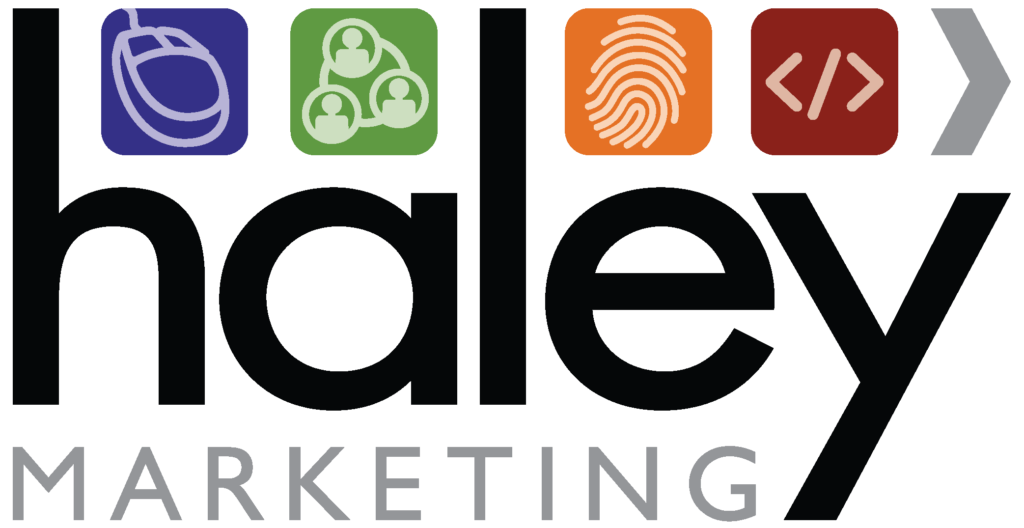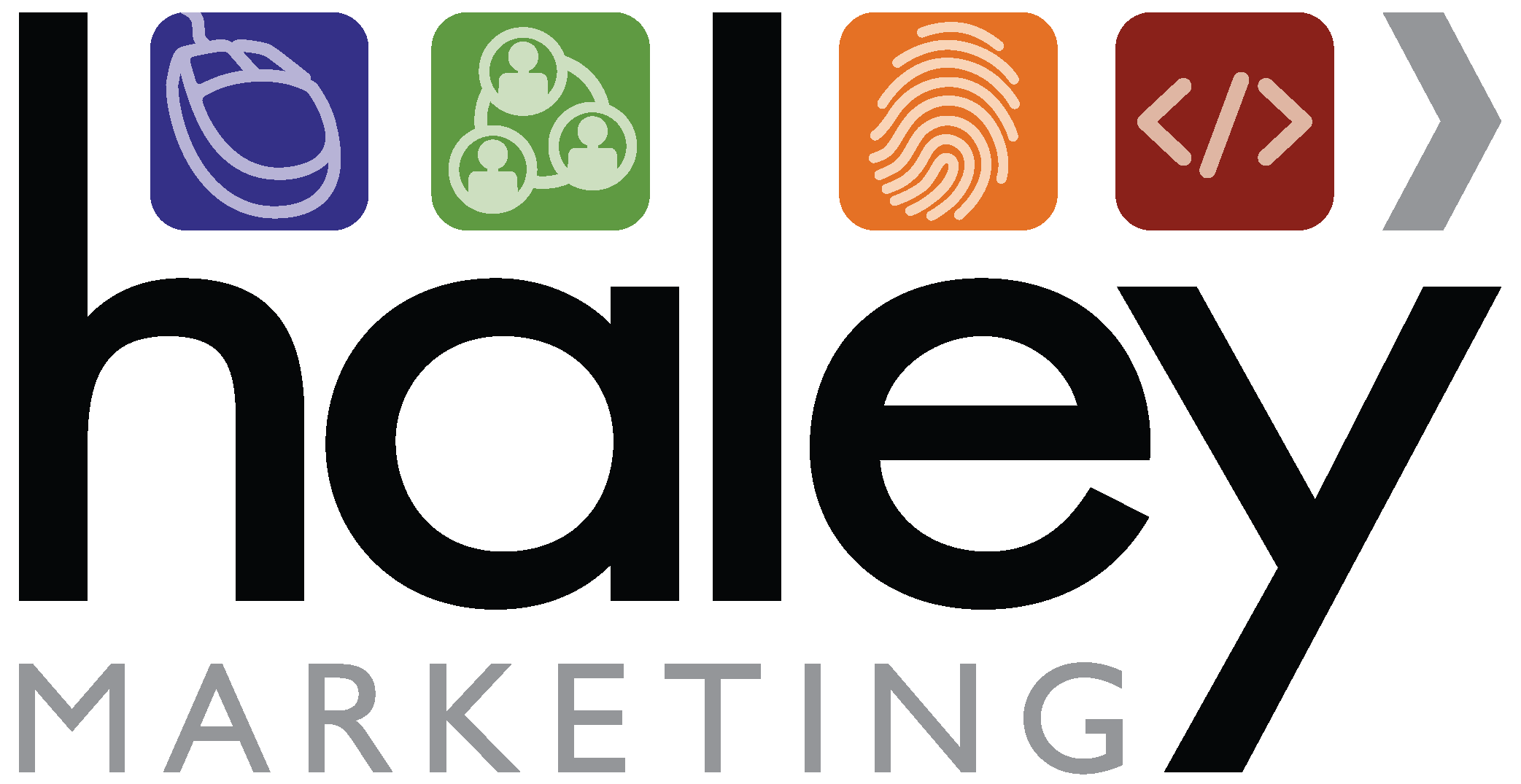When you think of emojis, what is the first thing that comes to mind? A group of young teenagers communicating in what seems to be another language? Your grandmother who just got a cell phone and won’t stop sending you smiley faces and rainbow hearts? Regardless of which scenarios you imagine, you probably aren’t considering the potential value that emojis present as marketing tools for your staffing firm.
Emojis have been on the rise since the late 1990’s when they were created in Japan as a way to send pictures using less data (source). When Apple adopted the system for its products, emojis erupted into American culture and were quickly integrated into our digital lives. Today, emojis can be used not just for texting and instant messaging but also on nearly every social media network as a way to add flair, personality or that extra bit of emotion to a message. Although somewhat unconventional, that is where their power lies as a part of your marketing strategy.
This is why emojis hold value to your prospects:
- Each of your clients and candidates is a human being with emotions they want to express and use to connect with others. Emojis perfectly communicate feelings that words alone cannot share. That’s why 92% of the online population uses them (source).
- Emojis are great for visibility because they are visual! We already know that images are processed 60,000 times faster than text (source). As smaller images, emojis have a similar effect because they are so eye-catching, generating more engagement on social media.
- Emojis can be used as calls to action. Sometimes people need a little direction, and there is no shortage of emojis that you can use on social media to signal to your audience that they should click a link, download a newsletter or check out your staffing company’s website. Cue the pointing hand emoji!
- Contrary to popular belief, emojis are not exclusive to millennials. Four out of five people aged 18 to 65 years-old report using emojis on a regular basis (source). In general, 56% of all messages of heavy mobile users contain emojis (source). With marketing, you have to speak the language of your audience- so emojis it is!
- Emojis aren’t going away anytime soon. Did you know World Emoji Day is July 17? Celebrities are using emojis to build their personal brands, Twitter has been adding unique emojis to special hashtags and now there is even an emoji movie! They are an integral part of our digital and popular cultures, so it is essential that we understand how to leverage them in our industry as well.
The future of emojis goes far beyond how we utilize them today. Tracking emoji visibility and performance is becoming increasingly important. Soon we will even be able to experiment with emoji SEO (source), making them even more useful in marketing. For the time being, if you are considering adding emojis to a social post, remember these simple suggestions:
- Less is more. Emojis pack a punch, so more often than not, one is all that you really need to exaggerate the tone of your message.
- Be tasteful. Always keep your audience in mind and stay professional by avoiding inappropriate or confusing emojis.
- Know that there is a certain time and place for emojis. That place is most likely Twitter or Facebook, but even so, they certainly don’t belong in every post unless they are relevant and have a purpose.
Emojis aren’t necessarily for every staffing agency, but they can certainly be fun to experiment with and present a unique marketing value. A subtle emoji here and there could be the perfect way to elevate your recruiting posts. If you or your team has questions about what works on social media, be sure to reach out to the social media marketing experts at Haley Marketing!













